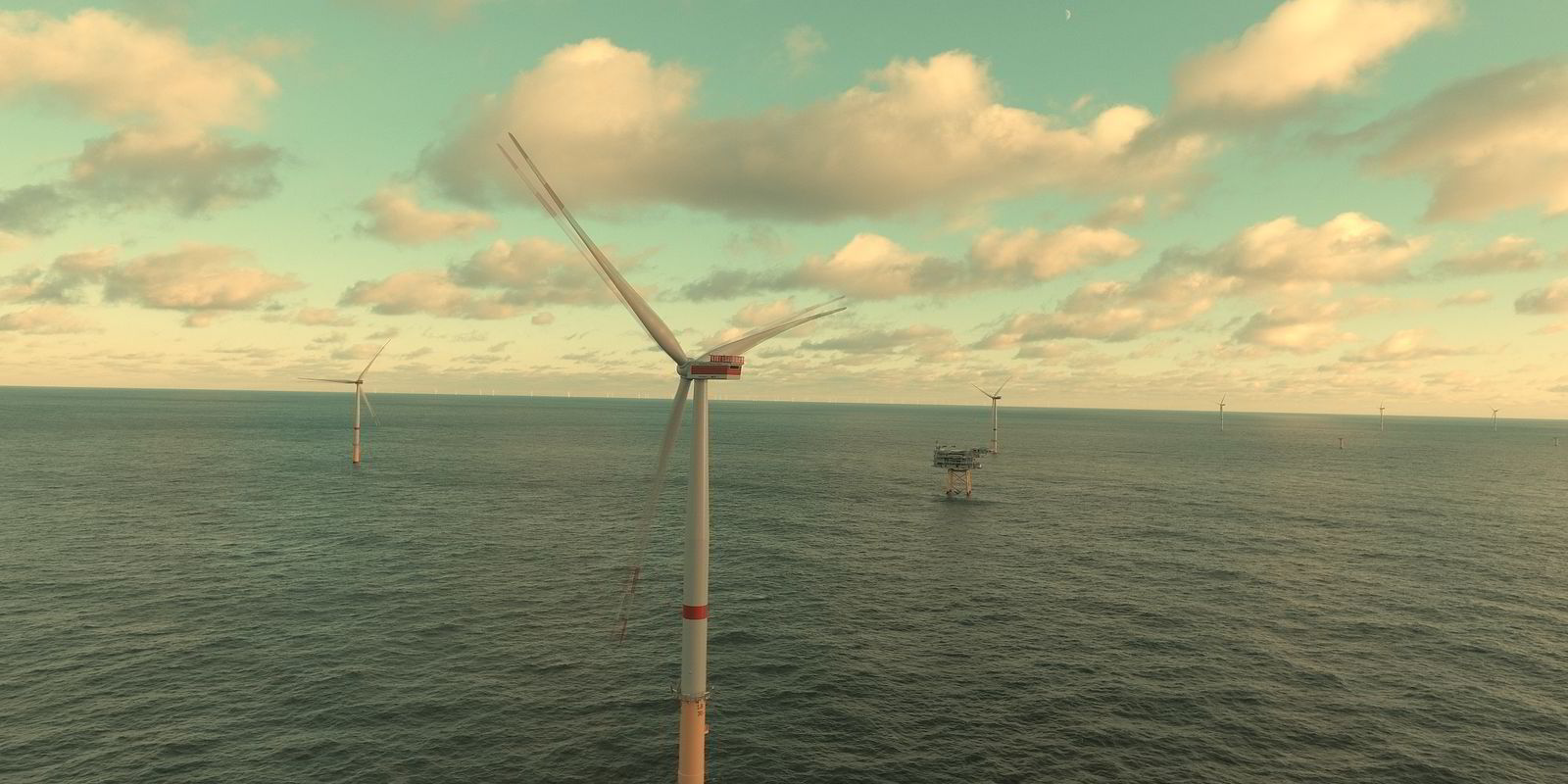Swedish utility Vattenfall has seen its profit plunge in the first quarter of the year amid a drop in sales and lower commodity prices, however the company’s wind segment continues to register growth.
Vattenfall reported a profit of SKr3.8bn ($429m) in the three months period compared to a net profit of SKr6.8bn in the same period last year.
The fall was due to a 4% drop in sales to SKr40.1bn compared to SKr41.6bn year-on-year. Earnings before interest, tax, depreciation and amortisation (Ebitda) also fell to SKr9.7bn compared to SKr13.7bn last year.
Electricity generation, however, increased to 36.6TWh during the quarter, compared to 34.5TWh in the same quarter last year.
“The underlying operating profit for the quarter was SKr8.3bn, which is about the same as a year ago. However, we are reporting a lower profit for the period by SKr3bn owing to a one-time gain from a divestment during the first quarter of 2016 and to lower commodity prices which impacted the valuation of derivatives and inventories,” said Magnus Hall, the company’s chief executive.
“Nevertheless, the latter is an accounting recognition and will reverse over time. The underlying business result will always materialise when the instruments are sold,” said Hall.
“Wholesale electricity prices were high during the period, but unfortunately this did not make any contribution to earnings since our electricity generation was hedged at a lower price.”
Meanwhile, the company’s wind business had a successful first quarter, registering growth on all levels. Net sales increased to SKr2.5bn compared to SKr2bn, and operating profit rose to SKr858m compared to SKr705m year-on-year.
Electricity generation from wind power hiked to 2.2TWh from 1.5TWh in the first quarter last year.
Vattenfall also hired more full-time staff during the period, growing its wind business to 720 employees from 614 at the start of 2016.
“During the quarter we fully commissioned the wind farm Sandbank, off Germany’s North Sea coast, and part of Pen y Cymoedd in Wales. With combined capacity of more than 500MW, they meet the annual electricity needs of approximately 400,000 homes,” said Hall.
“We also continued to invest heavily in our distribution networks in Sweden and Germany to ensure security of supply, enable new connections in expanding urban regions, and handle a higher share of renewable electricity in the system,” he said.


